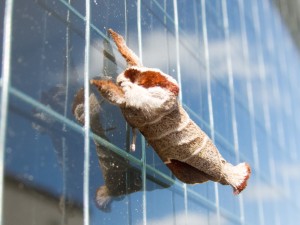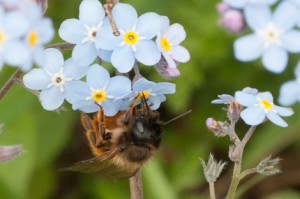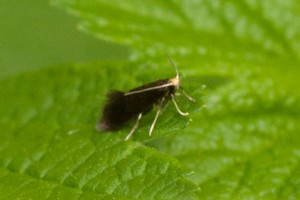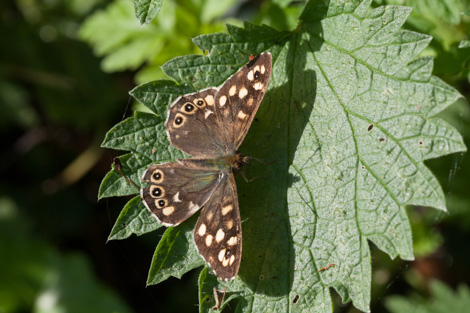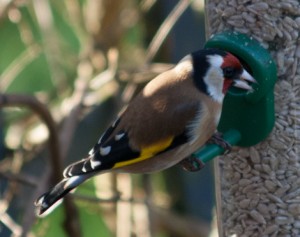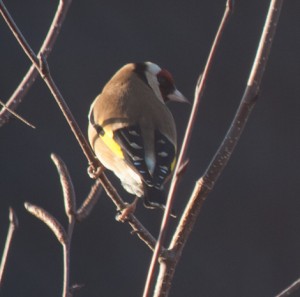I’m in to the third month of my bumble bee walks and I am becoming obsessed with watching the weather to see which is likely to be the optimum Saturday or Sunday to go out and look for bees.
This time it was a bit breezy, but the sun did put in an appearance and it was generally warm (that was a week ago and it has been quite chilly and wet this weekend so it was a good call).
My walk is divided into five sections, according to the type of habitat. I tried to choose some near houses, some near fields and hedges and some near disused land. Again though, there were not many bumbles about. In the first section there wasn’t a lot flowering other than hawthorn which I was surprised to notice was pretty much bereft of any insect life. I assume something must pollinate it or there would’t be any berries, but it wasn’t popular on this Saturday. I returned a score of null points for this bit.
I wasn’t very hopeful for the second section as it is along a path besides some new housing (which they are just finishing off). Fortunately I was in luck and spotted three different types of bumble bee. Next up was a long stretch with fields of crops on the left and houses on the right, mainly grass, but hedgerows, umbellifers and dandelions were scattered liberally. It was the dandelions that rescued me on this stretch, with a red-tailed and white tailed worker gathering pollen and nectar.
Off back into the houses and we found loads of mason bees, but also some bumbles, including a couple of queens feeding on lonicera. Fortunately this seems to be a favourite with both housing developers and bees, otherwise we would have drawn a blank again.
On the final stretch we have some disused land – it was a field and I’m sure they will build some houses on it, but for the time being it had some vetch, birds-foot trefoil and dandelions flowering on it. I counted three carder bees and a red-tailed on the birds-foot, but also my first cuckoo bee of the year on a dandelion – a queen red-tailed cuckoo bee Bombus rupestris. It was quite lethargic which allowed me to get a good look at it’s back legs – all hair, no shine or pollen baskets. Coupled with its very smoky wings and this was definitely a cuckoo bee.
So another disappointing bee walk. I’m starting to get concerned about the lack of bees (I’m not even seeing huge numbers in my garden). It can’t have been the weather this time as we spotted lots of butterflies – including orange tips and even a brimstone. At least by doing this regularly we will hopefully find out if it is indicative of a decline or just that there still aren’t many workers out yet.
